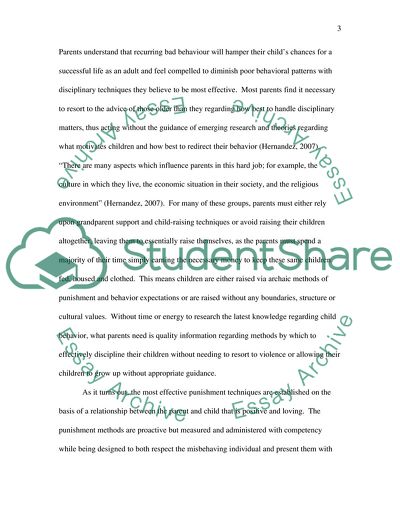Cite this document
(Spare the Rod and Spoil the Child: Not the Best Parenting Advice Coursework, n.d.)
Spare the Rod and Spoil the Child: Not the Best Parenting Advice Coursework. https://studentshare.org/education/1708418-the-importance-of-positive-parenting
Spare the Rod and Spoil the Child: Not the Best Parenting Advice Coursework. https://studentshare.org/education/1708418-the-importance-of-positive-parenting
(Spare the Rod and Spoil the Child: Not the Best Parenting Advice Coursework)
Spare the Rod and Spoil the Child: Not the Best Parenting Advice Coursework. https://studentshare.org/education/1708418-the-importance-of-positive-parenting.
Spare the Rod and Spoil the Child: Not the Best Parenting Advice Coursework. https://studentshare.org/education/1708418-the-importance-of-positive-parenting.
“Spare the Rod and Spoil the Child: Not the Best Parenting Advice Coursework”. https://studentshare.org/education/1708418-the-importance-of-positive-parenting.


